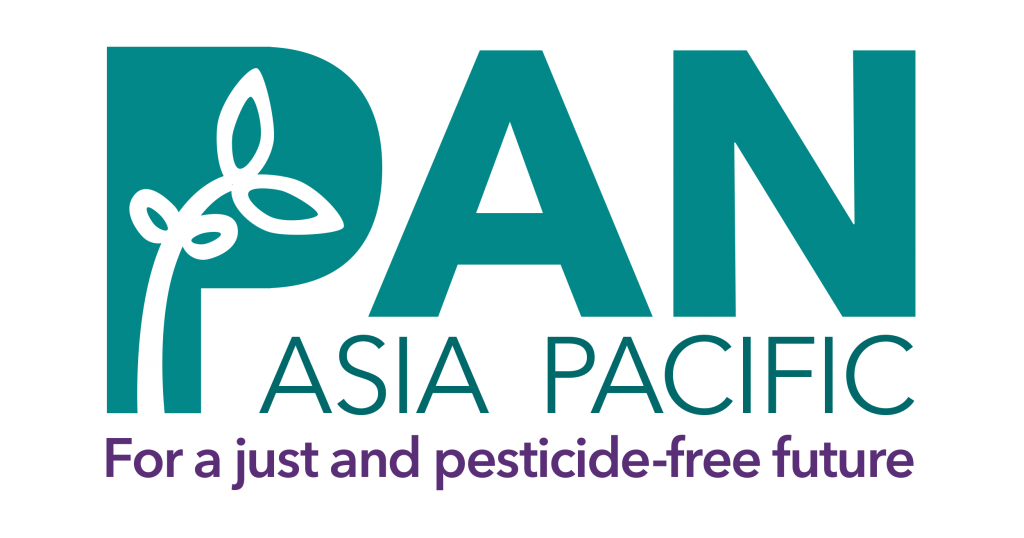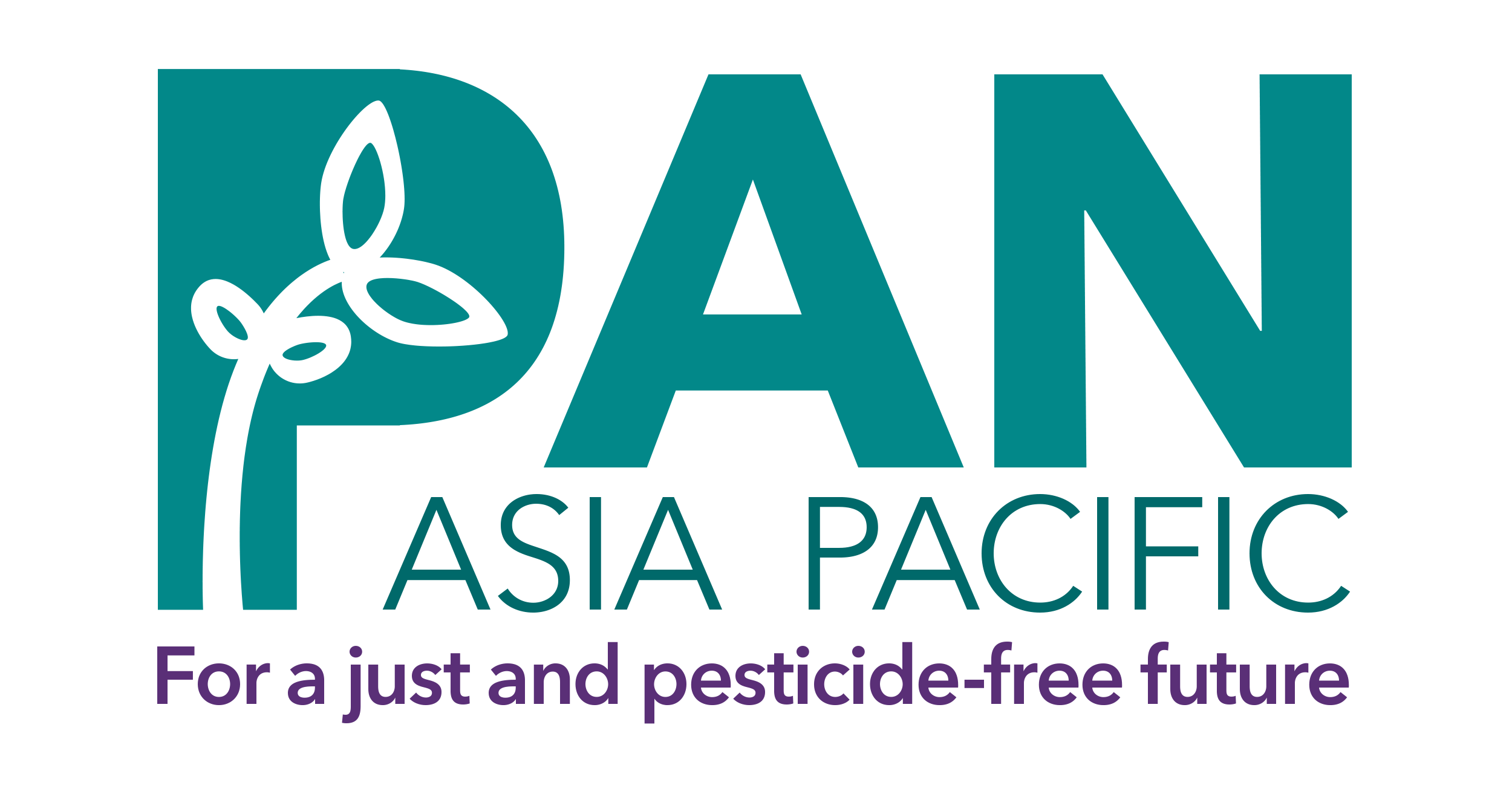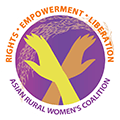“We smelled something bad and ran out of classes. Some of us had headaches, felt like vomiting and felt dizzy” said students of Po Ampil School, Takeo Province, Cambodia. They experienced these symptoms after the field near by their classrooms were sprayed by pesticides. Almost 30 students reported these symptoms. Over the years, school children have been poisoned by pesticides. In 2014, teachers from Po Ampil School approached Keam Makarady of CEDAC to conduct awareness workshops for children, and teachers. Teachers were concerned about dangers of pesticides after attending the No Pesticide Use Week event organized by CEDAC.


The past two years, No Pesticide Use Week Campaign has been aimed to protect our children from toxic pesticides (POC). Workshops on POC were held at Po Ampil primary school, Takeo province to highlight the impacts of pesticides that were found in the school during the campaign. There were 69 people (30 women) who participated in this event including farmers, students, teacher and local authorities.
Children are more vulnerable to pesticides, as per unit body weight they breathe more air, eat more food and drink more water. Long term impacts of pesticide exposure are linked to childhood cancer, autism, lowering of I.Q and other learning disorders among children.
Children in rural areas are often more vulnerable to the exposure to pesticides as they walk barefoot and are more exposed to pesticides than urban children.
Pesticide poisonings have been a growing concern in Cambodia, where more than 400 children were poisoned by pesticides last year due to contaminated sandwiches.

“Our school located in Po village, Sambour commune, Traing district, Takeo province. The school is surrounded by paddy fields and rice is harvested three times a year. There are a lot of pest attacks during the cultivation of rice and many types of pesticides are being sprayed to control pest. The use of pesticides has affected the environment, the people and my students as well. My students have reported feeling dizzy, nauseated and some were not well. After the incident, I shared my concerns with the local authorities and the surrounding farmers. As a result, they only spray on Sunday to protect the children during schooling hours.” – Teacher of Po Ampil School. Video Link https://www.facebook.com/pesticidesincambodia/videos?ref=page_internal
Discussion are underway for pesticide free buffer zones in this school among CEDAC and the teachers.

When local farmers were interviewed by CEDAC and PANAP many of them expressed that they were not aware of other alternatives. One farmers said “We sell our rice Vietnamese wholesalers as they are near to the borders.” High yielding rice varieties grown by the farmers require more chemical fertilizer and pesticides use as they are more prone to pest attacks as compared to local varieties said Keam Makarday.
Many of the famers interviewed said they were also poisoned in various degrees. One farmer had to go all the way to Vietnam to seek medical treatment. New plans are on the way to engage the community in Takeo on agroecology practices to protect the children and environment against pesticides.

Table Legends
WHO class 1a : Extremely Hazardous
WHO class 1b : Highly Hazardous
EU R26: very toxic by inhalation (R26) according to EU Directive 67/548 5
Muta (EU 1,2): substances known to be mutagenic to man (category 1) / substances which should be regarded as if they are mutagenic to man (category 2), according to EU Directive 67/548
Repro (EU 1,2): substances known to impair fertility in humans (Category 1) / substances which should be regarded as if they impair fertility in humans and/or substances which should be regarded as if they cause developmental toxicity to humans (category 2), according to EU Directive 67/548
EU EDC= endocrine disruptor
ChE Inh= cholesterase inhibitor
vB: very bio accumulative, according to REACh criteria as listed by FOOTPRINT (BCF>5000)
vP: very persistent, according to REACh criteria as listed by FOOTPRINT (half-life > 60 d in marine – or freshwater of half-life >180 d in marine or freshwater sediment
HHP = listed on highly hazardous pesticide list
T20 = listed on 20 terrible pesticides that are toxic to children








Discussion about this post